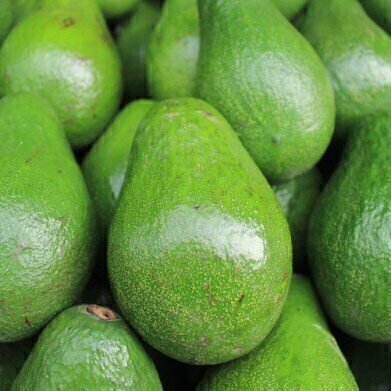LC-MS
How is Chromatography Controlling Spanish Pesticides?
Mar 15 2017
Whether your fruit and veg is organic or not — it is always a good idea to know that it is safe to eat and free from excessive pesticides and other potentially harmful chemicals. Now a company in Spain is taking the lead in ensuring that its produce is safe from nasties.
Let’s take a look at how Montosa — a company from Malaga — is hoping to meet the needs of customers now — and in the future — as it opens its own laboratory to try and ensure food security using QuEChERS, gas and liquid chromatography, and the latest in mass spectrometry.
Death to unwanted bugs and plants
Pesticides are one of the most widely used chemicals in the fruit and vegetable industry. Pesticide is a general term that is used to cover all manner of substances that are used to control pests and weeds. Herbicides (effectively weed killers), insecticides (used to kill insects) and fungicides (used to kill fungi or other spores) are the most widely known pesticide types — with herbicides making up approximately 80% of all pesticide use.
But technical standards for pesticide residue are tightening and consumer knowledge of food safety — including the use of pesticides — is increasing. For example, the European Union has recently tightened the maximum allowable levels of pesticide residues on food. Consequently, it is in the producer’s interest to get the best guarantee that the substances that could be harmful to consumers and the environment are managed correctly.
Safe fruit and veg
It is with these ideals in mind that Frutas Montosa has recently opened its own multiresidue analysis laboratory at its headquarters in Malaga, Spain. The laboratory is equipped with state of the art equipment to help the company’s efforts to make sure they can meet all current standards for food safety and also to future proof themselves against increased food safety regulations.
To identify and quantify pesticides, the laboratory will extract, isolate and then quantify the pesticides from the samples using QuEChERS technique followed by gas chromatography – triple quadrupole mass spectrometry (GC-MS) — with the GC-MS method offering high sensitivity and excellent resolution. The laboratory also uses high-resolution liquid chromatography coupled to a triple quadrupole mass spectrometry detector (LC-MS) to allow them to detect new pesticides at a very low limit of detection.
QuEChERS stands for Quick Easy Cheap Effective Rugged Safe and is a highly effective approach for analysing fruit and vegetables for pesticide residues. But the technique is starting to be used in other analytical situations as discussed in this article, A Modified QuEChERS Approach for the Extraction of Common Prescription and Illicit Drugs from Liver Prior to LC-MS/MS Analysis.
Digital Edition
Chromatography Today - Buyers' Guide 2022
October 2023
In This Edition Modern & Practical Applications - Accelerating ADC Development with Mass Spectrometry - Implementing High-Resolution Ion Mobility into Peptide Mapping Workflows Chromatogr...
View all digital editions
Events
Apr 23 2024 Kintex, South Korea
Apr 23 2024 Seoul, South Korea
Apr 28 2024 Montreal, Quebec, Canada
May 05 2024 Seville, Spain
May 15 2024 Birmingham, UK














